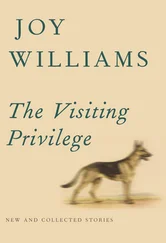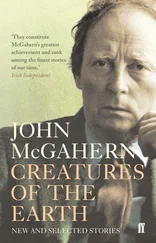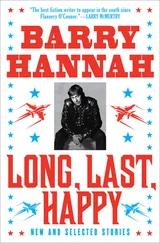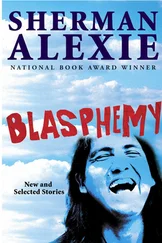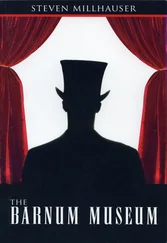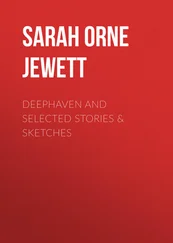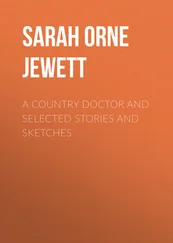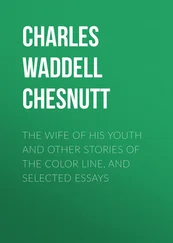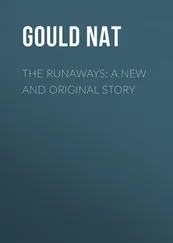As these events were taking place in every neighborhood, I tried to make sense of it all. I knew that a great shift was under way, all through our town, but I didn’t know whether it was good for us or bad. All I felt certain about was that everything was moving too quickly. I wanted the old slow feel of things, before all the motion set in. I had even stopped going out to the mall, which stood so close to The Next Thing that it seemed to be there only to draw attention to its rival. Besides, the mall was changing. It was beginning to have the half-deserted look of run-down amusement parks at the end of summer, of old movie theaters with springs poking through the seats. Empty shopping carts stood at different angles in car spaces on the lot. Even the old supercenter where I shopped, on the other side of town, struck me as shrunken, diminished, drained of life, a place where gloomy people wandered sluggishly, shuffling their feet. In pharmaceuticals, a bottle lay on the floor, in a thick red ooze; in an aisle in men’s clothing, an overhead light flickered madly, like heat lightning on a summer night.
4
Late one Saturday morning, I drove out to The Next Thing. The building had changed. New wings and extensions had sprouted everywhere, and large doorways had sprung up, with sheets of glass stretching from the lintels to the roof. The whole was flanked by high white towers that had notches at the top, like the tops of castles. A blue flag flew from each tower, showing the letters NT in white. In the new wings and entranceways stood booths and counters marked for services: banking, mortgages, universal life insurance, eye care, funeral arrangements. The old cubicles were farther in, but many now had signs like LOANS and INVESTMENT COUNSELING.
After a while I came to the place where the old Food Park used to be. It was now a much larger park, surrounded by a wrought-iron fence with spiked pickets. Inside you could see fountains, pavilions, restaurants, gazebos, a merry-go-round, even a small zoo. A sign on an entrance gate said that access was restricted to employees of The Next Thing and their immediate families.
Down below, in the Under, shoppers moved from screen to screen, selecting their items, which tumbled into the bins. A few innovations caught my attention. On the row of shelves above the PD screens, I saw small stainless-steel disks the size of coat buttons. These, I learned, were audio surveillance units, or ASUs, which permitted personnel in distant listening stations to overhear and record customer responses to merchandise. Here and there, at aisle-ends or open plazas, I noted another development: red metal posts, about the size of parking meters, with a top panel containing a slot for a card. If you entered your Menu Card — which could be obtained for a reasonable fee in any of the cubicles — your purchases would be selected for you by computer. The selection was based on your shopping history and your answers to a detailed questionnaire submitted at the time of application for a card. Though the system was still in its early stages, I was struck by the vision itself: customers were invited to experience the atmosphere of shopping without any of the tiring effort associated with the act itself. You picked up your filled cart at an area near the cashiers, at which time you could remove items you didn’t care to buy. Between the insertion of the Menu Card and the pickup of your cart, you might have a pleasant sit in a Relaxation Corner or wander toward the ends of the Under, where deep changes were in progress.
The rough area beyond the shelves had vanished. The ground was paved over and reached all the way back to the line of dark trees, with the lights flickering through. To my left and right, the asphalt stretched off as far as I could see. Men were working all around, setting up surveillance cameras on poles, putting finishing touches on curbed islands planted with bushes, erecting roofed walkways that led directly out from the broad aisles. I questioned one worker, a young man in a dark blue uniform, who told me that opening day was in a week. When I expressed surprise, he explained that people who lived down here — he swept his hand toward the trees — would soon be able to drive directly to any part of the Under, park in the lot, and enter without the obstacle of a door. Some sections of the lot were already in use. The aisles would be kept open round the clock, so that the bright-lit shelves would always be on display, but doorless openings at the aisle-ends would be supplied with security-tag detectors to prevent theft. The paved area entirely surrounded the Under, and the town was on all sides, behind the trees.
When I asked whether it was possible to see the town, the young man laughed and said I was already in it. The Under was the center of town down here, and folks lived all around. At this point he swept out his arm in a wide gesture, which seemed to take in the trees, the flickering lights, and all the dark. But I could see for myself how things looked down here, if I wanted to — all I had to do was walk across the pavement into the trees. Folks did it all the time.
It turned out that the trees formed a small wood, with winding paths and a road going through. Here and there, lanterns with glass panes hung from branches. On the other side, I stepped into a well-lit street that ran parallel to the line of trees, with other streets going off at right angles. I saw homes with glowing porches and bright yards, where kids were playing Wiffle ball or running under sprinklers. In the yards, bordered by white picket fences, lanterns stood on posts. Floodlights shone down from every house, and I noticed that long fluorescent lights ran under all the eaves. A dog lay in a driveway; a young mother was pushing a stroller along a sidewalk. Despite the darkness, I realized that it was the middle of a summer afternoon. High overhead, recessed lights shone down. A man stood in a floodlit driveway, hosing off his car. Telephone poles with crossbars lined the streets, and the wires that ran from the poles to the house sides glittered in the light of streetlamps.
Except for the day-feeling mixed in with the night lights, it all felt very familiar: kids playing, sprinklers turning, a boy riding by on a bike. It wasn’t our town, since the houses and yards were a little different, but it felt like a version of our town, a town born from our town, a town more at peace with itself than ours could ever be. You could tell that some of this came from certain effects worked out by the planners, like the old-fashioned telephone poles with glass insulators on the crossbars, instead of the new metal poles you see everywhere, or the streetlamps with glass globes, nothing fancy, but reminiscent of better times. Most of the porches had old-style gliders, and I even saw milk boxes by the front doors. They were trying to take you back, you could see that, and you couldn’t help admiring the general effect, even as you saw what they were trying to do. But that wasn’t all of it. Up there, in our town, even at the best of times, you could feel a sort of worry, a tension, which flowed from the houses out into the streets and up into the leaves of the trees. I don’t know where it came from, that worry, but there were times you could almost hear it, like a hum in a wire, on hot summer afternoons under a blue sky, or on spring evenings at dusk, in the stillness between the slam of a front door and the ringing of a telephone. It was just an impression, of course. But down here, it seemed, you could get away from all that and lead a different kind of life.
I came to a corner where two small girls with blond braids sat at a table lit by a streetlamp. They were selling lemonade, which stood in a gleaming glass pitcher that made you think of aprons and cookie dough. I was thirsty — they filled the paper cup to the top. As I drank, I looked up at the sky, with its soft-glowing recessed lights. I wondered whether the lights were dimmed at night, or whether they stayed the same all the time. I put the cup down and glanced back in the direction I had come from. Over the line of trees I saw the vast shelves of the Under, fiery with light, rising up in the darkness, like a city on an ancient plain.
Читать дальше

